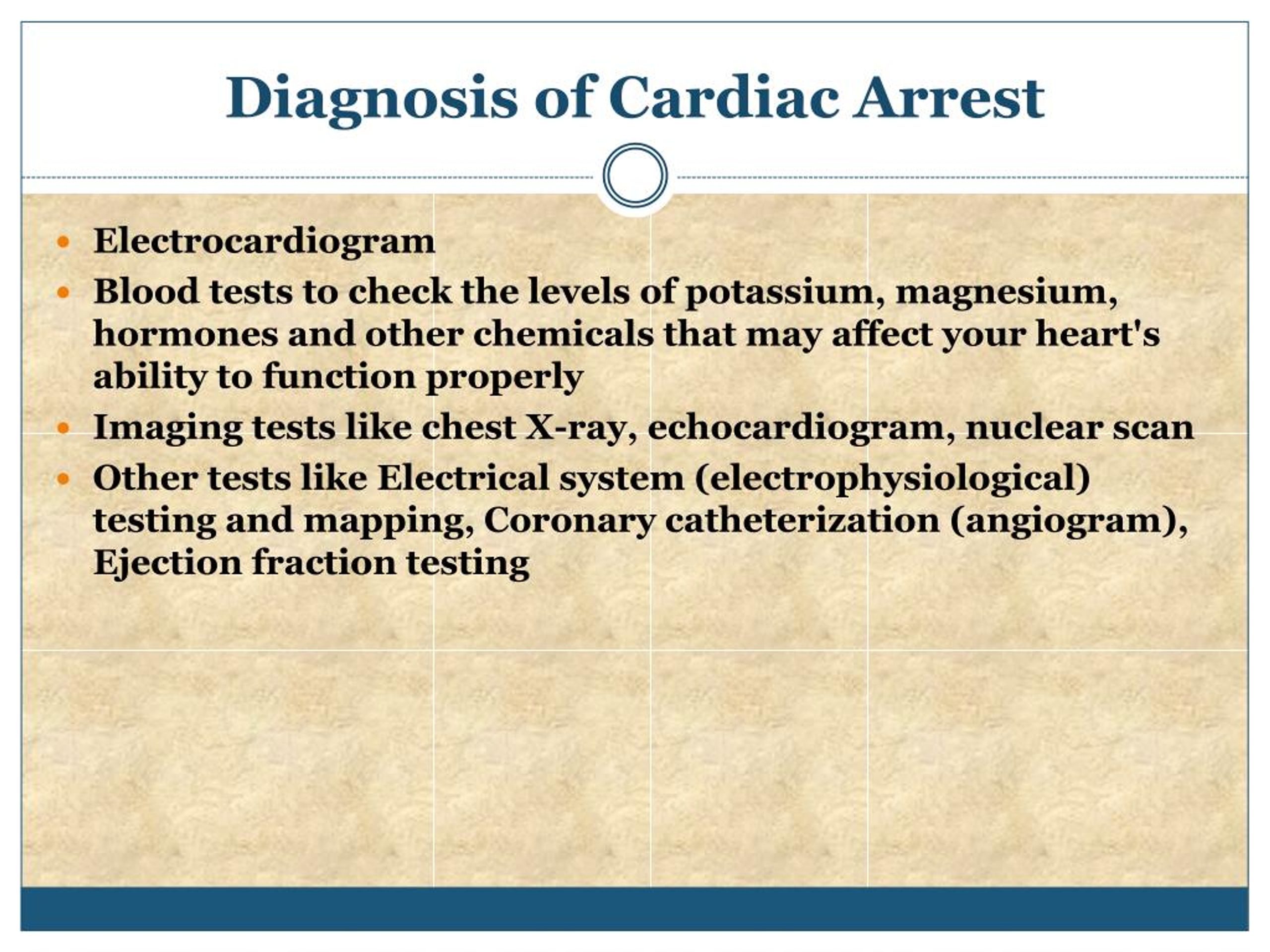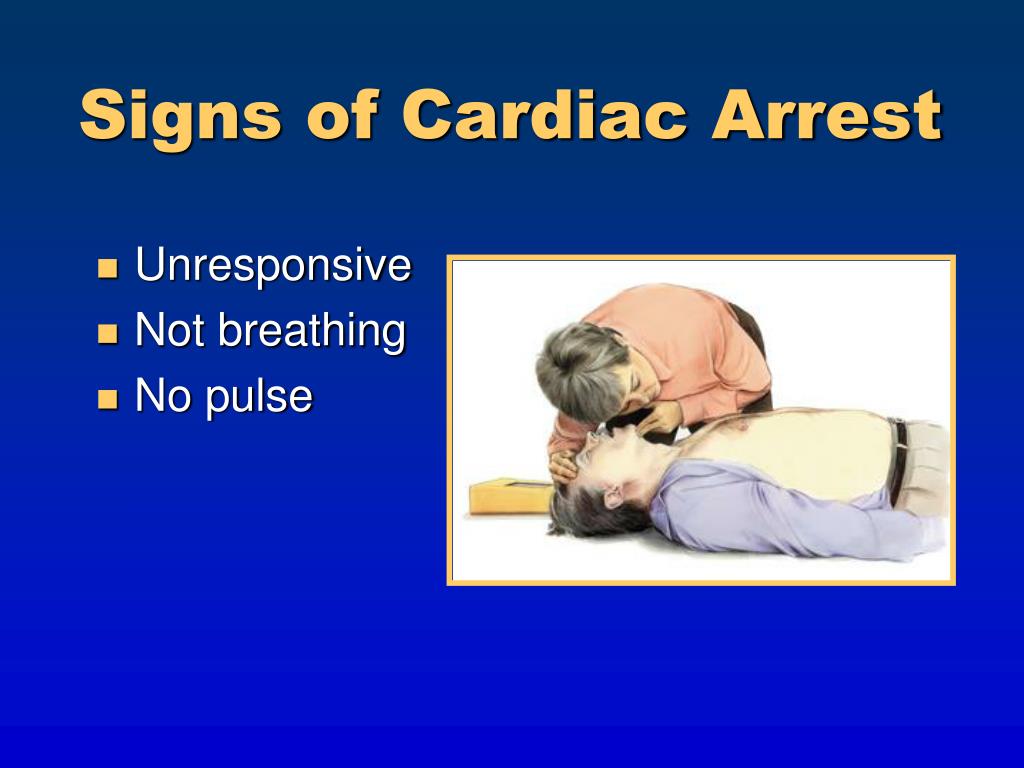Indicator Of Cardiac Arrest In Unresponsive Patient - Which of the following signs is a likely indicator of cardiac arrest in an unresponsive patient? Slow, weak pulse rate b. The absence of a palpable pulse in a large artery (carotid or femoral) is a primary indicator of.
Slow, weak pulse rate b. The absence of a palpable pulse in a large artery (carotid or femoral) is a primary indicator of. Which of the following signs is a likely indicator of cardiac arrest in an unresponsive patient?
The absence of a palpable pulse in a large artery (carotid or femoral) is a primary indicator of. Which of the following signs is a likely indicator of cardiac arrest in an unresponsive patient? Slow, weak pulse rate b.
DRSABCD for life support
Slow, weak pulse rate b. Which of the following signs is a likely indicator of cardiac arrest in an unresponsive patient? The absence of a palpable pulse in a large artery (carotid or femoral) is a primary indicator of.
Flowchart of patients. * Cardiac arrest patient unresponsive and with
The absence of a palpable pulse in a large artery (carotid or femoral) is a primary indicator of. Which of the following signs is a likely indicator of cardiac arrest in an unresponsive patient? Slow, weak pulse rate b.
G2015 Traumatic Cardiac Arrest Treatment
The absence of a palpable pulse in a large artery (carotid or femoral) is a primary indicator of. Slow, weak pulse rate b. Which of the following signs is a likely indicator of cardiac arrest in an unresponsive patient?
Table 1 from Antecedents to cardiac arrests in a hospital equipped with
Slow, weak pulse rate b. Which of the following signs is a likely indicator of cardiac arrest in an unresponsive patient? The absence of a palpable pulse in a large artery (carotid or femoral) is a primary indicator of.
Flowchart of patients. * Cardiac arrest patient unresponsive and with
Slow, weak pulse rate b. Which of the following signs is a likely indicator of cardiac arrest in an unresponsive patient? The absence of a palpable pulse in a large artery (carotid or femoral) is a primary indicator of.
Flowchart of patients. * Cardiac arrest patient unresponsive and with
Slow, weak pulse rate b. Which of the following signs is a likely indicator of cardiac arrest in an unresponsive patient? The absence of a palpable pulse in a large artery (carotid or femoral) is a primary indicator of.
PPT Assessment PowerPoint Presentation, free download ID5125216
The absence of a palpable pulse in a large artery (carotid or femoral) is a primary indicator of. Slow, weak pulse rate b. Which of the following signs is a likely indicator of cardiac arrest in an unresponsive patient?
PPT Assessment PowerPoint Presentation, free download ID5125216
The absence of a palpable pulse in a large artery (carotid or femoral) is a primary indicator of. Slow, weak pulse rate b. Which of the following signs is a likely indicator of cardiac arrest in an unresponsive patient?
PPT Cardiac Arrest PowerPoint Presentation, free download ID7943568
The absence of a palpable pulse in a large artery (carotid or femoral) is a primary indicator of. Slow, weak pulse rate b. Which of the following signs is a likely indicator of cardiac arrest in an unresponsive patient?
Which Of The Following Signs Is A Likely Indicator Of Cardiac Arrest In An Unresponsive Patient?
Slow, weak pulse rate b. The absence of a palpable pulse in a large artery (carotid or femoral) is a primary indicator of.









